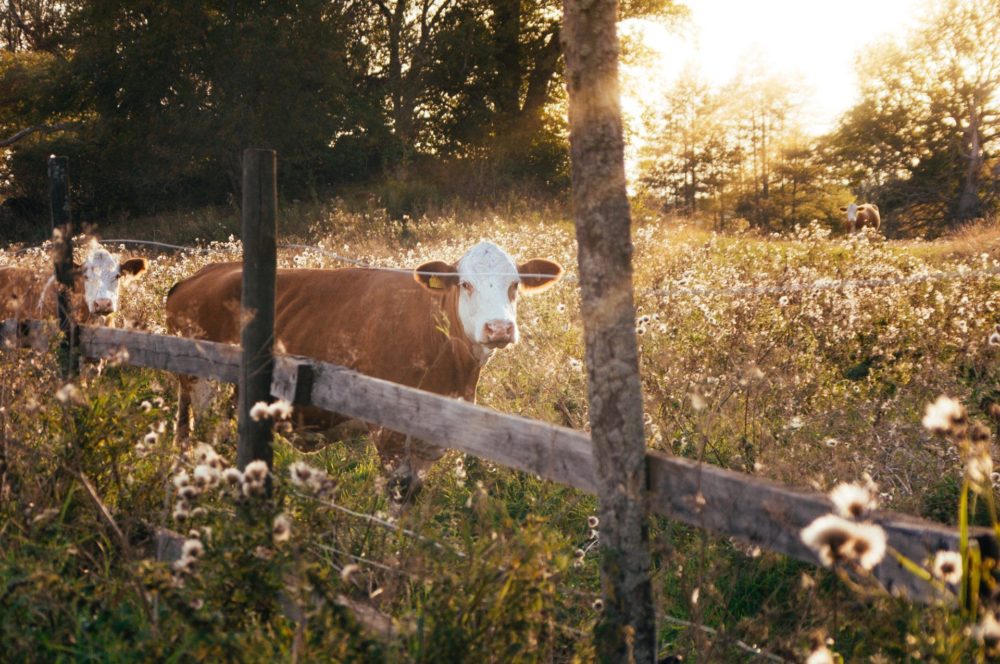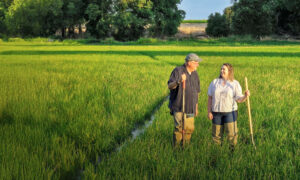As Sun-Tzu once said, “In the midst of chaos, there is also opportunity.”
The Covid-19 pandemic has created plenty of chaos for the global food supply chain. Major meat processing plants have suffered closures as case numbers among employees on-site skyrocket in some locations. It’s also led to a number of farmers having no choice but to “depopulate” their livestock without anywhere to process them. This has raised questions about plant worker safety as well as the resiliency of the conventional meat supply chain.
Even for small-scale livestock producers who direct market meat, demand for processing has ballooned. Across the US, independent livestock processing facilities are booked out as far as June 2021, by some accounts, while others are making sudden changes to the types of livestock they will or won’t process for local farmers.
Supply chain woes aside, people still have to eat. And with certain pain points in the supply chain more visible than ever, it could be a perfect opportunity to identify new approaches to putting food on the table.
“Over the past two to three months, we have anecdotally seen places in the middle supply chain that could be acting as pipelines between producers and consumers or as blockages,” David LeZaks, an environmental scientist and financial activist serving as a senior fellow at the Croatan Institute, told AFN. Croatan is a nonprofit research institute examining opportunities for investment at the nexus of sustainability, finance, and economic development.
“We have seen huge surges in demand and interest, and people not being able to keep freezers full or fill up bags of flour fast enough. There are, of course, other areas of the food supply chain that we could focus on but grains and livestock are two that have relatively shelf-stable products that are seeing a resurgence in demand from an infrastructure perspective.”
Croatan is currently circulating a survey to assess the needs of food-grade grains and livestock value chain partners in response to Covid-19. The confidential survey closes on June 12 and can be accessed here. Regenerative grain and livestock sector businesses who respond are automatically entered to win a $500 gift card.
Last year, Croatan published the Soil Wealth Report. The survey was the result of a three-year $700,000 USDA research grant awarded to the institute. It identified roughly $47.5 billion that were currently invested in funds and other mechanisms that had some kind of regenerative ag strategy as well as identifying 67 approaches and other interesting ways that capital could move from where it is now to support a more regenerative food system.
Through the new grain- and livestock-focused survey, Croatan is looking to identify similar opportunities within these supply chains. It’s also hoping to hone in on pre-pandemic businesses in the regenerative sector that were already succeeding before the pandemic, according to Tim Crosby, principal of Thread Fund, a private family office. He is also chair of the steering committee for the Transformational Investing in Food Systems (TIFS) initiative. The Thread Fund is providing Croatan with support to complete the current survey.
“From an investor standpoint, if we are able to identify those businesses that are good businesses stuck in a bad situation, there is an assumption that they are lower risk. The results of this survey will hopefully yield some really good investment opportunities,” Crosby says.
It has been difficult to accurately gauge investor interest in regenerative agriculture. A relatively new concept in the investment world, there has been a debate about whether its practices are scalable. Last year, the inaugural Regenerative Food Systems Investment Forum gathered many of these stakeholders to start a conversation about the available methods for financing regenerative agriculture. The definition of regenerative agriculture remains up for debate as well as the best routes for financing transitions to regenerative systems or whether the methodology can be scaled sufficiently. But there seems to be some consensus around the need to take a “farmer first” approach.
“We see an alternative to the norms of production now, and a more diversified and spatially disaggregated production system that supports farmers who are practicing building soil health and building soil wealth,” LeZaks added.
Regenerative agriculture has been an attention grabber among the impact investing space. Some of the principles included within the concept include not only rebuilding soil health but providing better living wages and working conditions for farmers and farm laborers. Achieving these better outcomes often means the system yields different margins compared to today’s efficiency-focused, high-output system.
“I have a different definition of risk, return, efficiency, and scale,” Crosby says. “The return is not just a better margin, we have non-financial returns as well. When it comes to efficiencies of scale it is a different type fo scaling function compared to ‘get big or get out,’ or aggregate under one brand. We are looking at who out there is interested in investing in strategies like this.”




